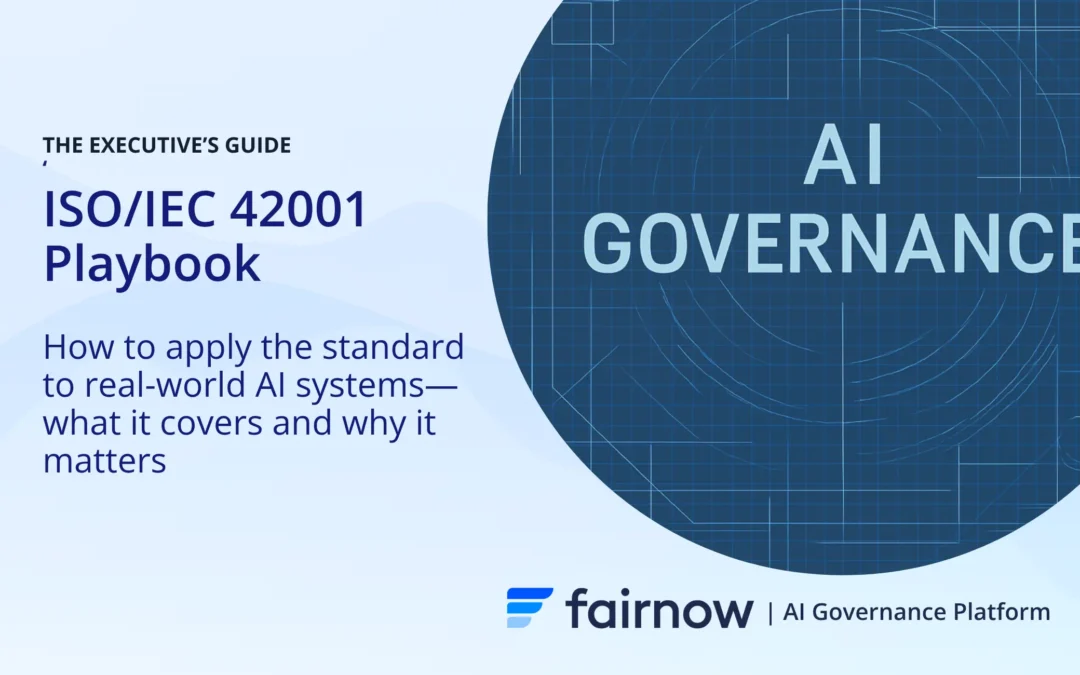What Is Generative AI? The Simple Definition
A class of AI that can generate context: text, images, audio, and more. A well-known example is ChatGPT, which can generate realistic text answers in response to prompts or questions.
The Technical Definition Of A Generative AI
Generative AI refers to a subclass of artificial intelligence technologies that utilize advanced machine learning algorithms, particularly generative models, to create new content or data that is similar to but not identical to the data it has been trained on. These models, such as Generative Adversarial Networks (GANs) or Variational Autoencoders (VAEs), are designed to understand and replicate the underlying patterns and distributions in a given dataset, enabling them to generate novel outputs across various domains, including text, images, and audio.
A notable example is ChatGPT, which employs a variant of the transformer neural network architecture to produce human-like text responses based on its training data and user inputs.
These technologies are distinguished by their capacity for unsupervised learning, allowing them to generate creative and contextually relevant content without explicit programming for each specific task.
Explain It Like I’m Five
Generative AI is like a super smart robot artist that can make all kinds of cool things like drawings, stories, and even music. Just like how you learn to draw by looking at lots of pictures, this robot learns by looking at lots of different things – words, pictures, sounds – and then it can make its own new pictures, stories, or songs that no one has ever seen or heard before.
Use It At The Water Cooler
How to use “generative AI” in a sentence at work:
“During our brainstorming session, let’s use the generative AI tool ChatGPT to come up with design ideas and fresh content for our new marketing campaign.”
Related Terms
Artificial Intelligence (AI), AEDT (Automated Employment Decisioning Tool), Predictive Models


